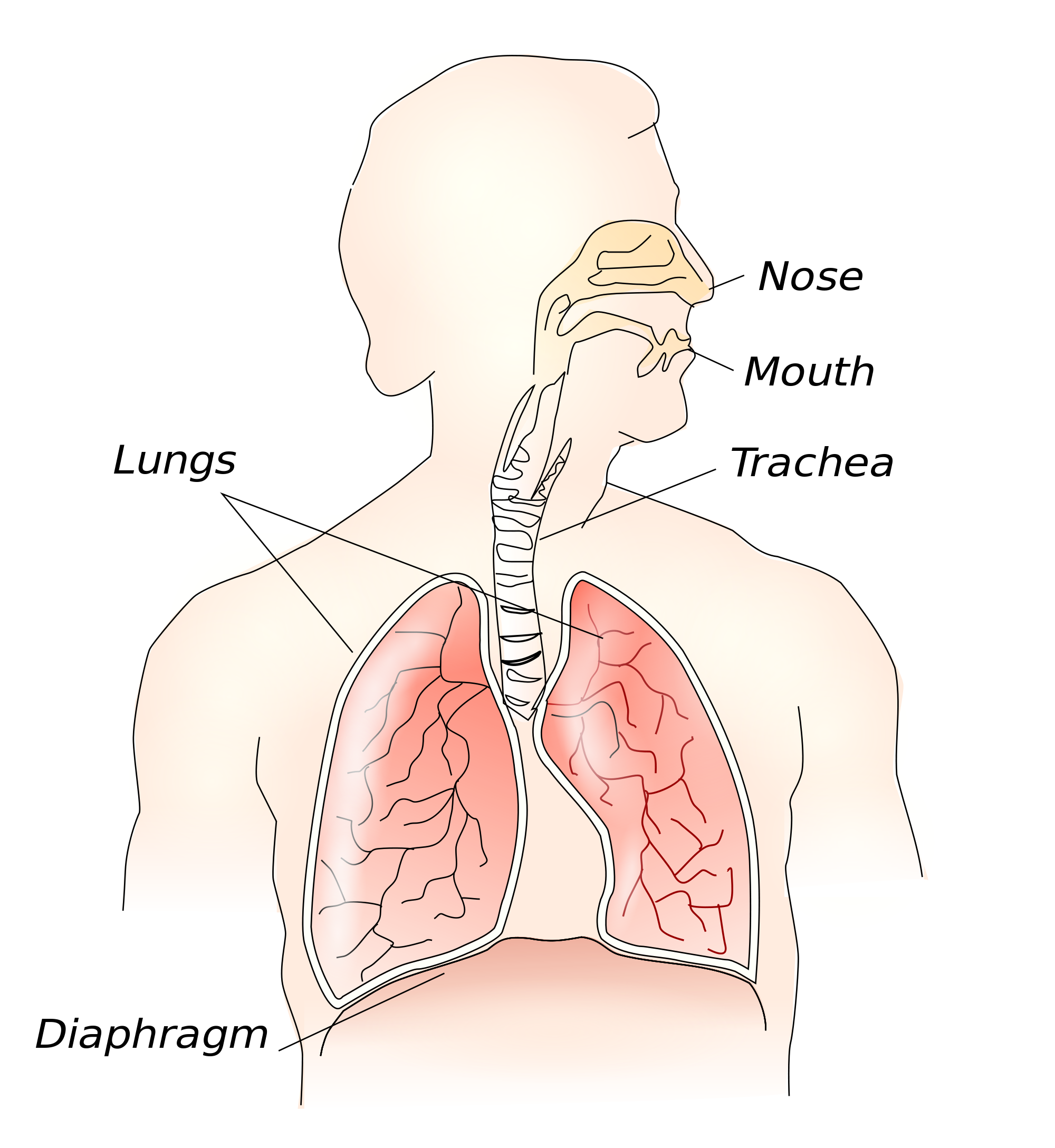We all sigh, whether its due to tiredness, relief or sadness, however scientists have pinpointed the brain cells that are responsible for sighing and found that a deep breath or sigh is crucial to lung function.

The definition of a sigh is that it is a deep breath but not a voluntary one. It starts off as a normal breath but before you exhale you take a second breath on top of it. The average person sighs fairly frequently around every 5 mins and it turns out that our lungs do this in order to function properly.
Sighing is required in order to inflate the alveoli in the lungs, which have a tendency to collapse. The alveoli need to be inflated in order to allow for the exchange of oxygen and carbon dioxide in the lungs. Sighing pops them open again as a sigh brings in twice the volume of breath. If you didn’t sigh your alveoli would remain collapsed and eventually your lungs would fail.
Sighing is important for your lungs to function however too much sighing can be detrimental. Sighing can increase in response to psychological stresses such as depression, anxiety and mental illnesses. Also those with respiratory conditions like COPD may have difficulty in being able to sigh and therefore do not sigh enough and it effects their breathing even more. The study aimed to gain a better understanding of what role the brain plays in sighing and breathing rhythm. This information could one day help those people who experience an increase or decrease in the ability to sigh.
It was found that there are 2 bundles of 200 neurons in the brain stem that are responsible for the production and release of a peptide that influences sighing and it the interaction between these two bundles and the increased presence of the peptide that can cause elevated sighing.
“Unlike a pacemaker that regulates only how fast we breathe, the brain’s breathing center also controls the type of breath we take,” explains Dr Krasnow from the study.
“It’s made up of small numbers of different kinds of neurons. Each functions like a button that turns on a different type of breath. One button programs regular breaths, another sighs, and the others could be for yawns, sniffs, coughs and maybe even laughs and cries.”
In the future it could be that the pathways that produce the peptide could be targeted with drugs to control sighing.
The underlying brain mechanisms of conscious sighing still remain unclear and needs further investigation. There seems to be a component of sighing that relates to an emotional state, as when you are stressed you sigh more. It may be that the neurons in the brain area that process emotion are triggering the release of the sighing peptide.
It goes to show that good breathing technique is vitally important to those suffering with COPD and other respiratory conditions. Its not just about having supplemental oxygen but how you breathe it in.
References: http://www.medicalnewstoday.com




